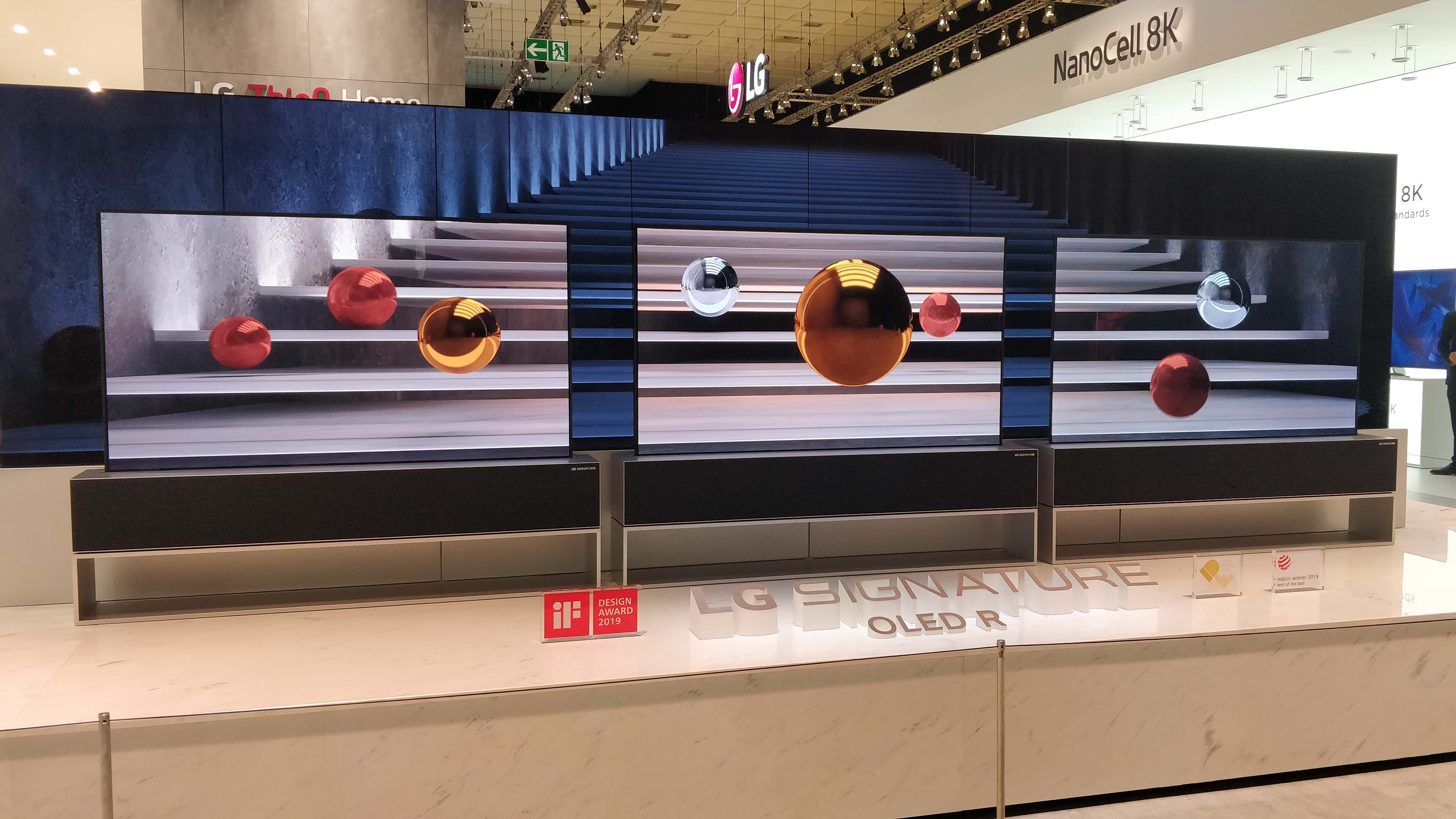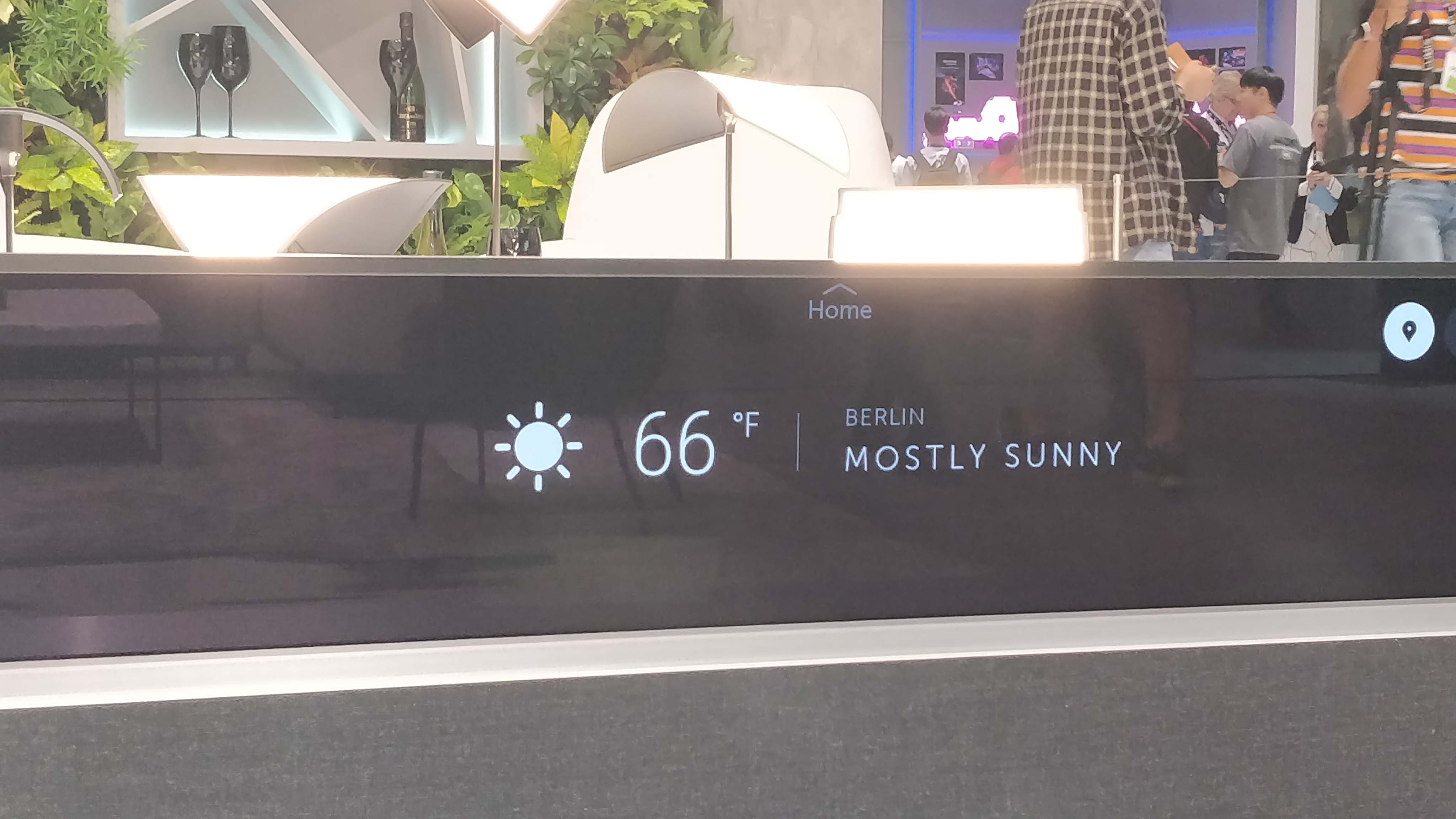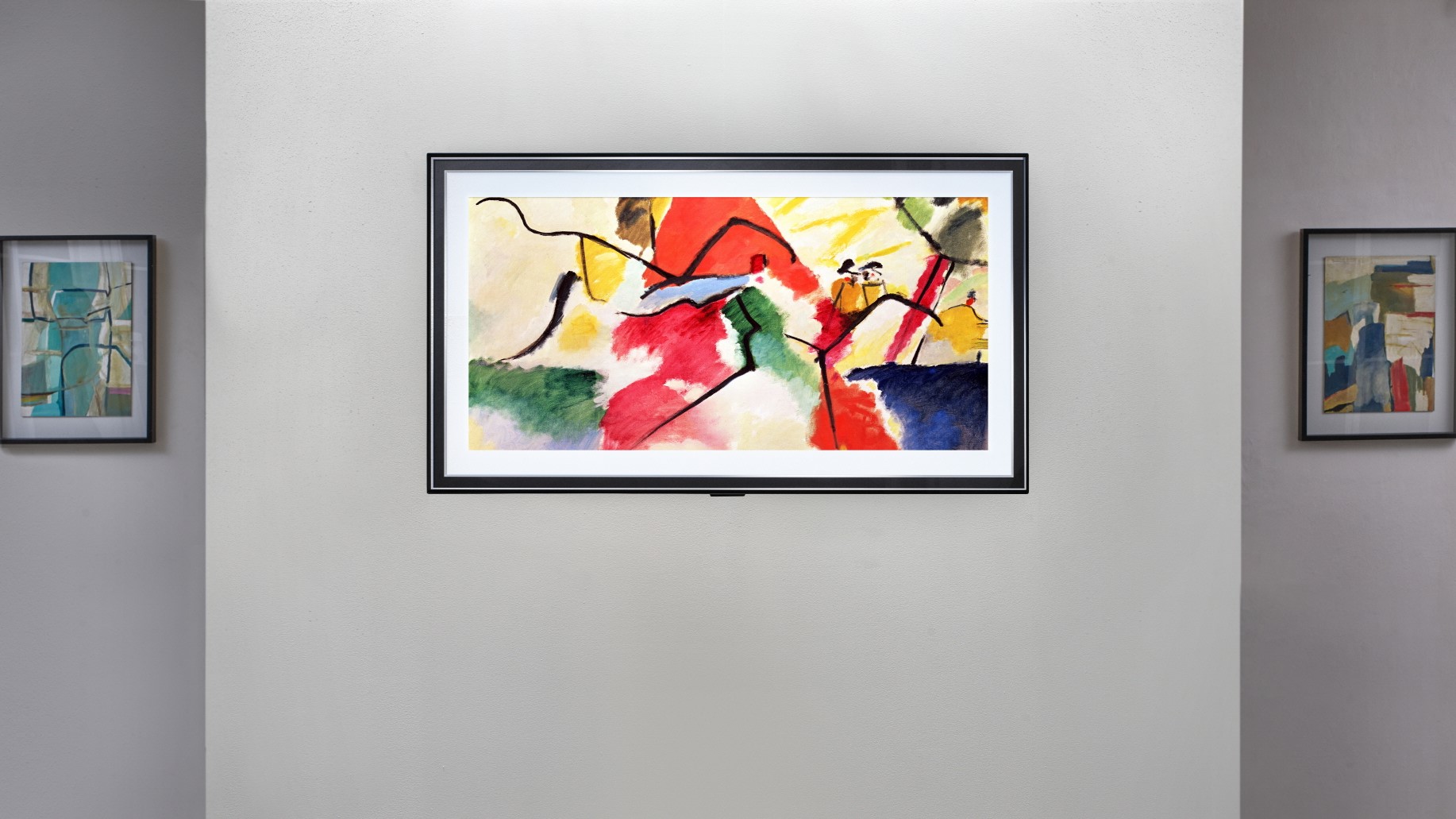Rollable and foldable OLED TVs are the future – here’s why
A fix for oversized smart TVs

The design of smart TVs is changing. Those trusty rectangles we rely on to stream and display our favorite Netflix shows, Amazon movies, and PS4 games are entering a new stage in their evolution, and it has everything to do with their size.
Long gone are the days when having a home television meant a boxy CRT with a 4:3 aspect ratio. Now we’ve come to expect super-slim flatscreens to be flush against a wall, or massive 75-inch displays teetering on top of our media centers.
These new, larger form factors, though, are heralding a new design challenge for TV brands; namely, how to stop these ever-growing TV sizes from utterly dominating someone’s home.
The new flagship size for televisions is 55 inches – with 65-inch TVs being the fastest-growing category beside that. Some, like the Samsung Q950TS 8K QLED, even come in an 82-inch size in the US – acknowledging the generally larger homes over there compared to the UK.
- What is OLED? The TV panel tech explained
That’s a lot of screen space to pack into any living room, and seeing as the average home isn’t increasing in size along with the average television, the buck is falling to TV manufacturers to design innovate ways to better blend displays in with their surroundings, or hide them away entirely.
LG is one of the best examples of this, with its rollable OLED – the Signature Series OLED R – widely expected to be launching in 2020, after its 2019 launch date didn’t quite come to pass.
This rollable OLED does exactly what you’d expect – being able to roll up, almost like a carpet, and then unfurl again out of its base / TV stand. You can even unfurl the screen to a third of its full height – at half-mast, as it were – as an OLED smart display for showing the time or weather information.
Get daily insight, inspiration and deals in your inbox
Sign up for breaking news, reviews, opinion, top tech deals, and more.

It’s clearly advanced tech, and an incredible feat of engineering that makes use of OLED’s flexible properties, ensuring that those after an OLED TV have an option that can easily hide away when the TV isn’t being used.
With LG manufacturing transparent OLED displays for retail, and Panasonic prototyping its first commercial set of that kind, we could well see TV screens able to switch between see-through window and home cinema at the click of a button.
- Here are the best OLED TVs you can buy today
Waiting in the wings
We’ve previously reported on Bang & Olufsen’s Beovision Harmony television, too, which has an adjustable wing-shaped TV stand able to cover up part of the screen – available in sizes as large as 88 inches.
Gavin Ivester, VP Design at Bang & Olufsen, tells us that this feature was the result of customer concerns over the “larger size of modern screens” – saying that, ”As screens increase in size, they certainly disrupt the flow of a room more.”
As a result, the design team “made Harmony shrink when you’re not using it for TV and movies. We gave it a smooth, automatic mechanism – the speakers pivot inward as the screen sinks down toward the floor.”

Extending out the ‘wings’ is also key to its high-end audio performance, placing the speakers in “a very wide proportion for cinematic sound,” and then letting them “roll inward into a narrower shape that hides most of the TV screen in its lowered position.”
Ivester adds that “The whole package harmonizes with your interior better— that’s part of how Harmony got its name. [The set] both reduces the apparent size of the screen when you’re not using it, and it de-emphasizes the glossy black surface in favor of carefully crafted wood or textile and aluminum.”
The Harmony offers a neat solution, one that neither hides the television away entirely nor lets it dominate the space it’s in. Ensuring its speakers fold out with the ‘wings’, too, means that there’s a practical reason driving the design as well as an aesthetic one.
A lot of different avenues
For all of the innovative design solutions to larger screens, there are ways to tackle the sizing issue other than expensive engineering methods. LG’s rollable OLED, for one, is expected to cost around $60,000 – while the Beovision Harmony costing up to $49,000 / £44,100 (around AU$74,000) at its largest 88-inch size.
Ivester speculates that features like “a curtain or moving panel that can hide or reveal the TV” could become much more common in homes, calling “screen movement” a solution with larger potential than “foldable form factors.”

The art-minded Samsung The Frame is a different answer to the same problem, being a TV that effectively poses as a picture frame when not in active use.
You’ll be using 30% of its usual power output to mimic an artwork on your living room wall, and while an actual painting might be more eco-friendly, there’s no denying it’s a smart option for homeowners not wanting to disrupt their home decor with a 55-inch black slab throughout the day.
We’ve seen LG launch its own take on Samsung's idea with the LG GX Gallery Series OLED, too – and those wanting a TV that really doesn’t disrupt the decor can always opt for a small TV instead.
One thing is clear: as screen technologies get ever larger, TVs are moving from centerpiece gadgets to devices that have to integrate into their surroundings. Some solutions are cheaper than others, but we don’t expect the Signature Series OLED R or Beovision Harmony to be the last of their kind.
- Next-gen TVs: the OLED, Micro LED and holographics TVs of the future
Henry is a freelance technology journalist, and former News & Features Editor for TechRadar, where he specialized in home entertainment gadgets such as TVs, projectors, soundbars, and smart speakers. Other bylines include Edge, T3, iMore, GamesRadar, NBC News, Healthline, and The Times.
